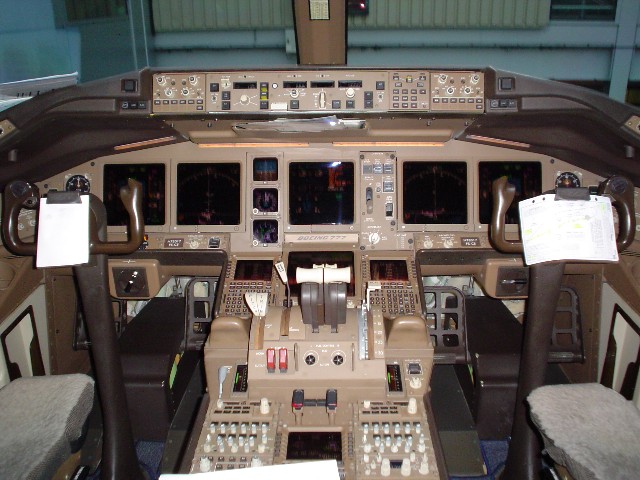
The actions of a rejected takeoff (RTO) are clearly defined for both PF and PM and they start when we are sat on the gate waiting to depart. The other pilot is then nominated as the pilot monitoring (PM). This could be either the captain or the first officer. (Image by Charlie Page/The Points Guy)įor all flights, the pilot responsible for flying the aircraft is nominated as the pilot flying (PF). The effect of a dry vs wet runway on the V1 speed. Read more: How pilots avoid runway overruns The performance which we calculate before departure is based on this very event. Even in the event of an engine failure, we can still climb away safely.

If a problem occurs after V1, we must continue to get airborne. This means there will be more runway remaining on which to stop when the V1 speed is reached. As a result, the V1 will be slower on a wet runway. If a runway is dry, the stopping efficiency is much better than if the runway is wet or slippery. It also varies with the runway condition. The V1 for any departure will depend on a range of variables such as aircraft weight, runway length, air pressure, air temperature and wind speed and direction. Seeing as some runways finish in the sea or with steep embankments, this is undesirable, to say the least. If the decision to stop is made at V1, by the time the first action is taken to stop, the aircraft will be traveling in excess of the V1 speed, putting it at risk of going off the end of the runway. This gives the pilot enough time to react and make the first action to reject the takeoff before the aircraft reaches the V1 speed.

The actual decision to reject the takeoff must be made before V1 has been reached. It is often referred to as the "takeoff decision speed" but this isn't totally accurate. To put this into more practical terms, the European Aviation Safety Agency (EASA) and the Federal Aviation Administration (FAA) defines V1 as "the maximum speed during takeoff at which the pilot must take the first action to stop the aircraft." V1 is the speed at which the aircraft can both reject the takeoff, stoping safely on the runway and also at which it can continue to takeoff safely. Takeoff too soon and you're using more engine power than you need to be, increasing engine wear and fuel burn.Ī happy medium needs to be found between the two - a takeoff point which optimizes engine power whilst leaving enough runway to stop if the need arises. Takeoff too far down the runway and you run the risk of going off the end should something unexpected happen. Read more: How pilots and aircraft keep cabin air fresher than you may think Not only does save on engine wear, but it also reduces the noise experienced by those who live and work near the airport. Manufacturers design the aircraft and engines to be able to get airborne using as little engine power as possible. So why increase the strain on the engines when you can utilize the runway length by accelerating more slowly and still getting safely airborne by the end?

Runways at most international airports such as London Heathrow and Los Angeles are nearly 2.5 miles long, which is more than enough for even the heaviest of aircraft to get airborne.
#777 cockpit takeoff full
De-rated takeoffĬontrary to popular belief, aircraft very rarely use full power during takeoff. As a result, before each and every departure, pilots carry out a performance calculation to determine what is the most efficient and safe way to get airborne.


 0 kommentar(er)
0 kommentar(er)
